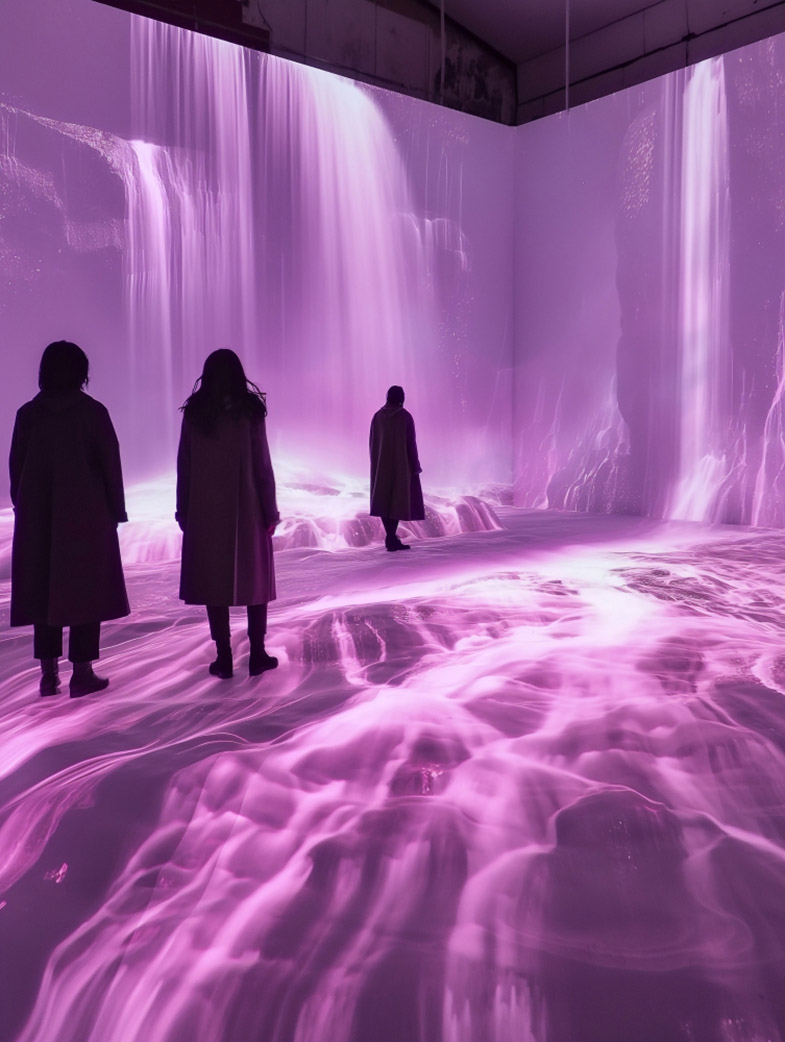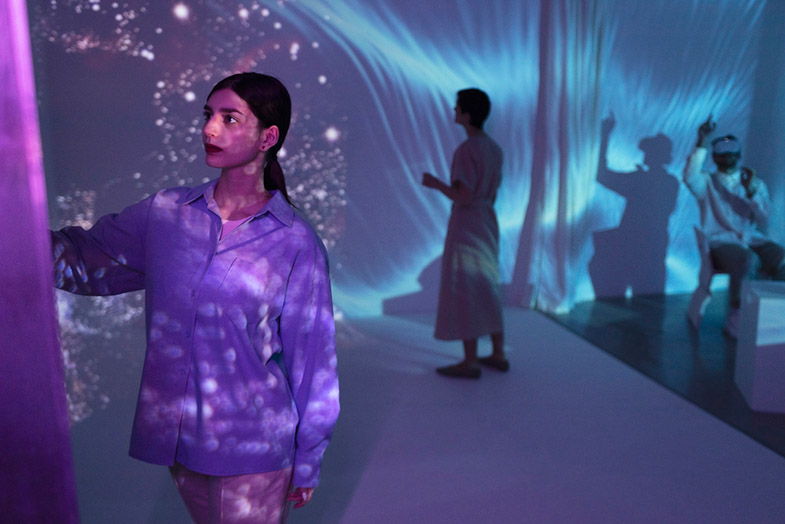Immersive theatre, an innovative form of performance art, has captivated audiences worldwide for decades. This unique theatrical experience breaks the traditional boundaries between performers and spectators, allowing participants to engage with the story in a whole new way.
The roots of immersive theatre can be traced back to experimental performance art movements of the 20th century, where artists sought to break free from the confines of traditional stage productions. In the 1960s and 1970s, pioneers like Augusto Boal and Jerzy Grotowski began exploring interactive and participatory forms of theatre that would later influence the development of immersive theatre.

Immersive theatre is characterized by its use of non-traditional performance spaces, interactive storytelling techniques, and audience involvement. By breaking down the fourth wall and inviting participants to become part of the narrative, immersive theatre creates a sense of intimacy and connection that is unmatched in traditional theatre settings.
Audience participation is a crucial element of immersive theatre, as it allows spectators to actively shape the performance’s outcome. By encouraging participants to interact with the performers and make choices that impact the story, immersive theatre creates a sense of agency and investment that enhances the overall experience.

One of the key techniques used in immersive theatre is the incorporation of multi-sensory elements, such as sound, lighting, and tactile experiences. By engaging multiple senses simultaneously, immersive theatre creates a fully immersive environment that transports participants to another world.
One of the most iconic examples of immersive theatre is “Sleep No More,” an interactive adaptation of Shakespeare’s Macbeth. Set in a fictional 1920s hotel, this production allows participants to explore the elaborate sets and interact with performers as they move freely throughout the space.
While immersive theatre offers a unique and engaging experience for audiences, it also presents challenges for producers and performers. Creating immersive productions requires careful planning and coordination to ensure the safety and comfort of participants, as well as the seamless integration of interactive elements.

As technology continues to advance, immersive theatre is poised to embrace new tools and techniques to enhance the audience experience. Virtual reality, augmented reality, and interactive digital platforms are just a few of the innovations that are shaping the future of immersive theatre.
In conclusion, immersive theatre offers a groundbreaking approach to storytelling that blurs the lines between reality and fiction. By creating memorable experiences that engage all the senses and invite active participation, immersive theatre has the power to transform the way we experience live performance art.


















